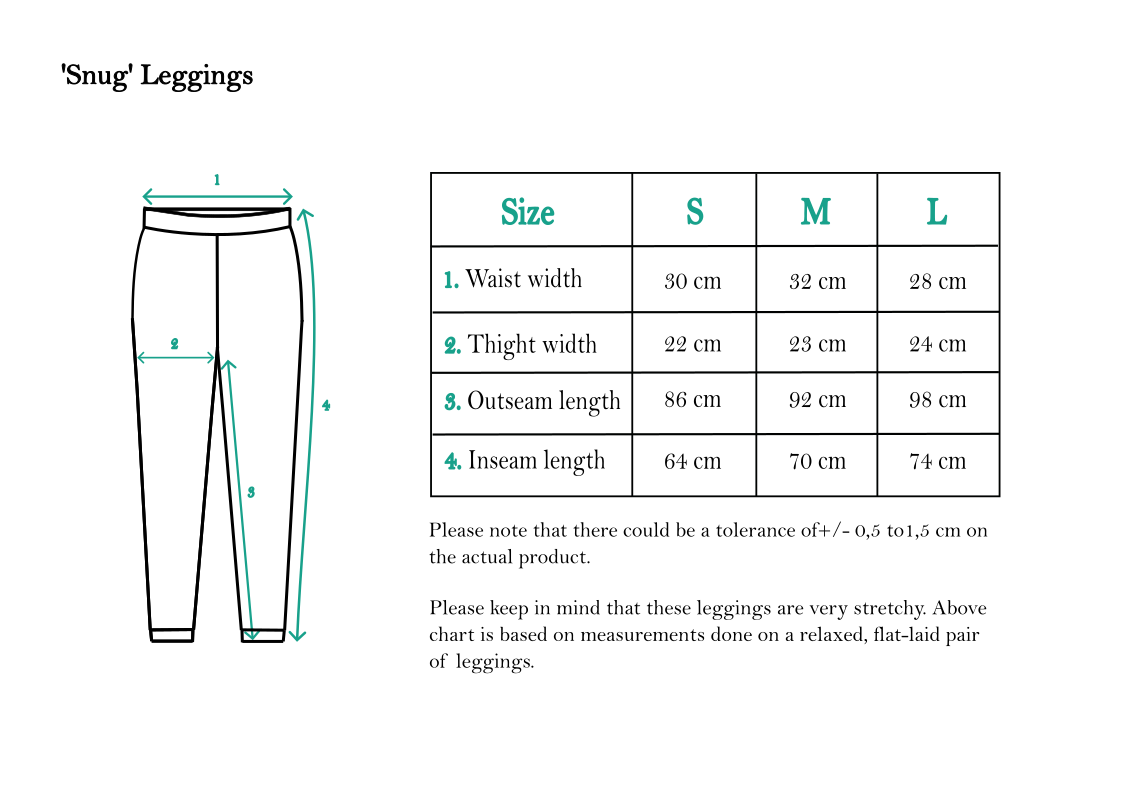Size Guide for All Products - Please scroll down to find the right product chart



Before the 1970s, the fashion industry had followed a fixed timeline of six months to a year to build a collection and launch it. Most of the manufacturing was done home-based. However, today the standard turnaround time has been compressed to mere weeks by fast fashion companies. These retailers translate designs from the catwalk quickly into ready-to-wear clothes and sell them to the end consumers at a low price. Because they source the newest trends routinely and offer them for the fraction of its actual price, consumers keep on coming back for more.
The fashion business is labor-intensive as it largely depends on human capital to produce its end products. Corresponding to their low selling price, the majority of the fast fashion retailers outsource their production to the Far East, where they get access to cheap labor. In the past 30 years, most of the manufacturing had been relocated to developing countries. Together with the low-cost supply chain practices, the safety of the workplace along with the workers’ rights have been largely ignored by the manufacturing companies.
Since the mid-1990s, some well-known multinational clothing retailers caught the media’s attention due to their link with the use of child labor, and the inhumane working conditions in factories located in developing countries. One of the most recent incidents, the collapse of the Rana Plaza building, took place on April 24, 2013. It is considered one of the worst industrial accidents in history.
Aside from the poor working conditions and child labor, this industry has been frequently criticized for the harm it causes to the environment and the natural ecosystem. Most of the raw materials used in making clothes are natural resources like cotton, fossil fuel, leather, etc. To process these raw materials into textiles, manufacturers make use of a lot of chemicals.
A vast amount of wastewater contaminated with these toxic chemicals makes its way back to the ecosystem. Eileen Fisher, a conscious clothing retailer, has famously said that "The clothing industry is the second-largest polluter in the world, second only to the oil industry”.
The other important environmental impact the clothing industry made, is increasing transportation mileage due to the extended supply chain. Tight delivery demands often cause the fast fashion companies to use expedited shipping methods, i.e. by air, which significantly increase their already high carbon emissions.
In today’s highly digitized and interconnected world, where the topic of sustainability and social responsibility is given more attention to, it is relatively easy for a brand to wreck its image by an irresponsible act.
Since the controversial practices caught the attention of the public, major players of the industry have started voluntarily publishing different types of disclosure reports to get their brand image back on track.
Read more: About Rangeland Degradation in Mongolia
Sources:



Although cashmere is usually associated with luxury and elegance, its producers, goats, are not exactly graceful when it comes to the environment. At this point, 65% of the national territory is threatened by desertification, and the numbers don’t seem to be getting any better. To support grassland regeneration in Mongolia, we established a company that offers wool products that are an alternative to cashmere.


